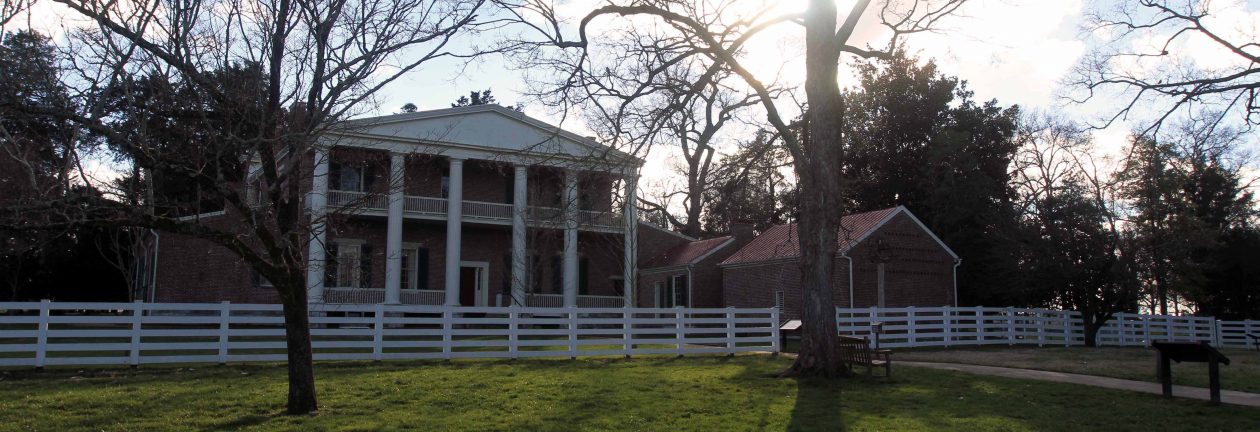Florence and Genoa, Italy
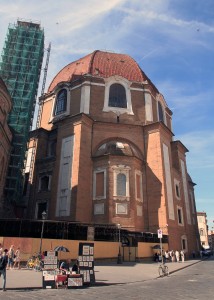
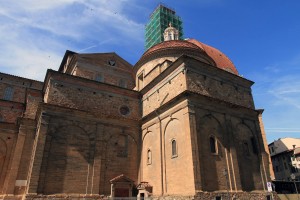
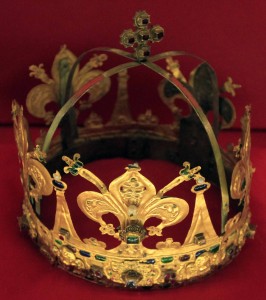
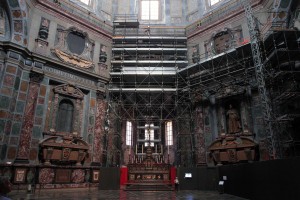
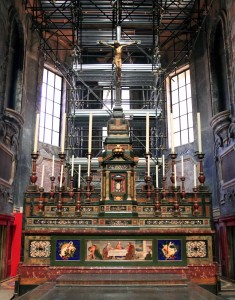
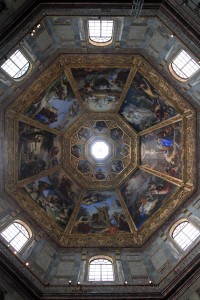
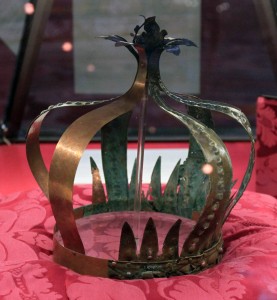
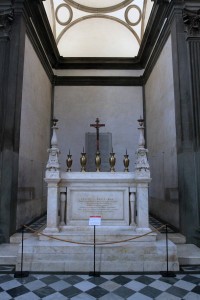
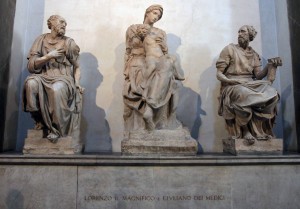
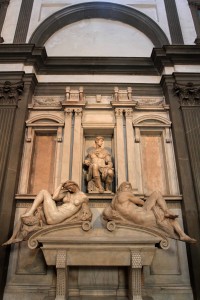
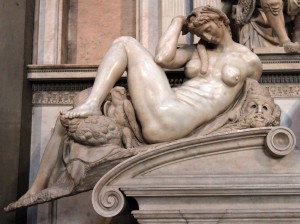
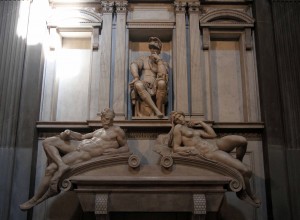
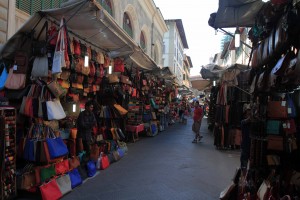
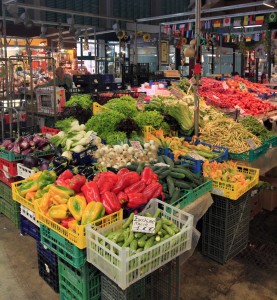
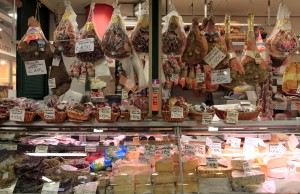
I woke up around 08:00 today, showered, dressed, got ready, packed my bags, and put my bags in storage inside the hostel. I then left the hostel and walked to the Medici Chapels (a site that I had neglected earlier due to ignorance and wanted to ensure I saw before leaving Florence later this day). I reached the Medici Chapels (“Cappelle Medicee”), which are built as extensions to Brunelleschi’s fifteenth-century AD church, the Basilica di San Lorenzo, just after 09:00 and I bought my entrance ticket. The chapels date from the sixteenth- and seventeenth-centuries; the Sagrestia Nuova (“New Sacristy”) was designed by Michelangelo and was intended by Cardinal Giulio de’ Medici and his cousin Pope Leo X as a mausoleum or mortuary chapel for members of the Medici family; in the end, two rather insignificant members of the Medici family were entombed in the New Sacristy: Lorenzo di Piero, Duke of Urbino and Giuliano di Lorenzo, Duke of Nemours. Of course, the most famous feature of the New Sacristy (and my primary reason for coming here) are the sculptural figures by Michelangelo, which represent the four times of day and ended up influencing sculptural figures reclining on architraves for many generations to come. The second chapel, the Cappella dei Principi (“Chapel of the Princes”) is an octagonal, large, and very impressive chapel with a 59 meter-high dome; its design was a collaboration between the family and architects. After entering inside the Medici Chapel complex, I walked around the lower crypt and viewed the various artifacts related to the family that were now on display. I then walked up the stairs and entered inside the Chapel of the Princes before continuing on to the New Sacristy. After spending a great deal of time in the New Sacristy admiring the work of Michelangelo and taking many photographs, I exited the way I came and left the Medici Chapels. I then walked toward the Florence Santa Maria Novella Railway Station, passing through a street lined with vendors mostly selling Italian leather products; I also stopped inside the Mercato Centrale (the “Central Market”) and looked at all the meats, fish, cheeses, wine, olive oils, vegetables, and fruits being sold inside (I could smell the freshness of each item and I had wished I had come here a few days earlier to buy some products and to perhaps sit down at one of the restaurants inside and eat a meal (one restaurant was particularly popular and probably would’ve been money well spent)). After passing through the Central Market, I finally made it to the Railway Station and I bought train tickets to Genoa (the first train, to Pisa Centrale was set to depart at 11:28, giving me about an hour – plenty of time). I then walked back to the hostel, grabbed my bags, and returned to the railway station. Once I found at which train to get on, I climbed aboard, found a seat, and at 11:28, I was off, travelling to Pisa Centrale Railway Station.
I reached Pisa Centrale Railway Station around 12:30 and decided to have a quick lunch; so, I walked to the station’s McDonalds and had a 1955 Classic burger, French fries, and iced tea. I then waited for the train to Genoa to arrive. The train finally came (thirty minutes late) at 13:33. I climbed aboard the train, found my seat, and was soon on my way to Italy’s west coast. At the start, travelling through Pisa, seeing the Arno River, the Citadel and Republican Arsenal building, the old wall, the Cathedral’s roof and dome, and the top of the Leaning Tower, brought back some fond memories of a previous trip I had done in the region. We quickly passed through Pisa and made our way north along the coast. Memories again bubbled up in to my consciousness as the train passed through La Spezia and each of the five coastal villages in Cinque Terre. During most of the trip I tried fighting sleep to concentrate on reading – I think I was mostly successful.
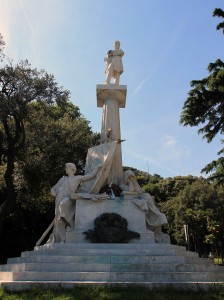
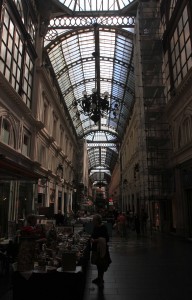
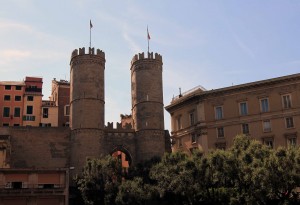
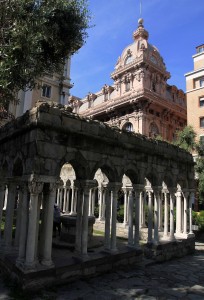
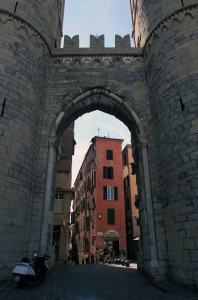
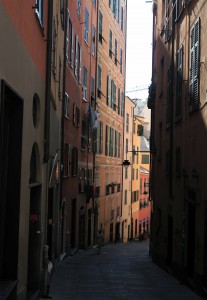
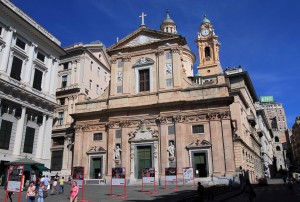
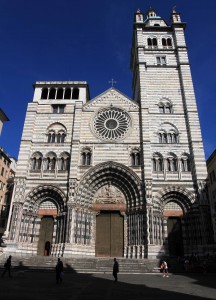
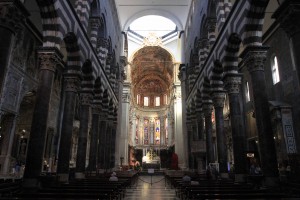
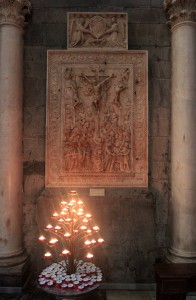
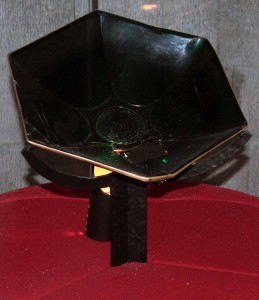
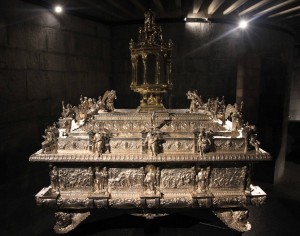
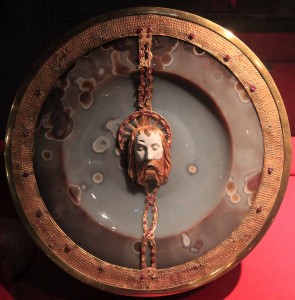
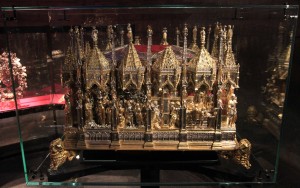
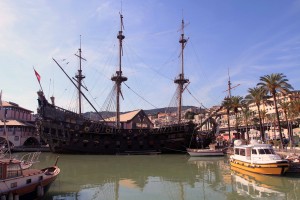

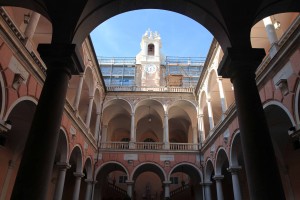
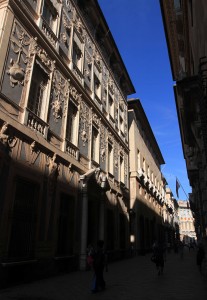
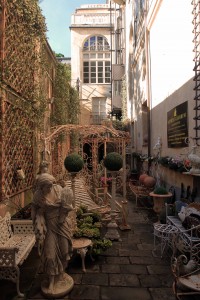


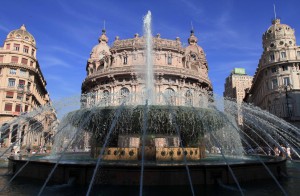
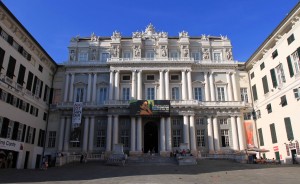
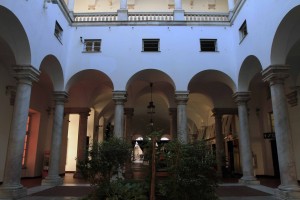
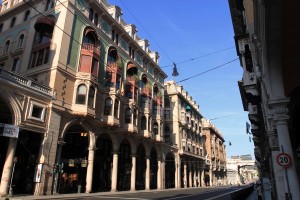
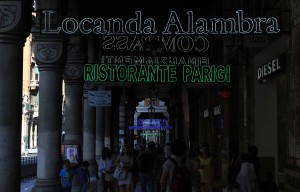
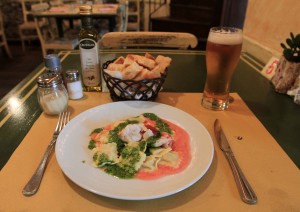
The train finally reached Genoa Brignole Railway Station at 16:00 and I got off and walked to the hotel I had booked with the night before. I reached the hotel, checked in, dropped my bags off, and grabbed my camera, ready to see the sites, but primarily to see the Genoa Holy Chalice; yes, for you see, I have a new mission in life: to seek the Holy Grail (both of them (in Genoa and Valencia) – or even all three if you count the one in Vienna that I had seen almost five years ago whilst in that lovely city; although most people don’t count that one (it is an agate bowl located in the Imperial Treasury that looks as though “KRISTO” is written in the rock veins)). Anyway, I made my way through Genoa (which has a lot more charm than I imagined for a port city) and passed through the Piazza Corveto, walked through one of the city’s old gates that is flanked by two tall towers, and walked to the Cattedrale di San Lorenzo (“Cathedral of Saint Lawrence” or just the “Genoa Cathedral”). I entered inside the Cathedral (which was completed in the seventeenth-century AD, although the groundbreaking occurred in 1110 AD) and immediately walked to the museum. I paid the entrance ticket for the museum and viewed the treasures inside; the first item on display was that which I had sought: the Sacro Catino (the “Sacred Bowl,” also known as the “Genoa Chalice”), which some believe is the Holy Grail; the Genoa Chalice is a hexagonal green Egyptian glass dish that the Crusaders had mistaken for being emerald and brought back with them after the conquest of Cesarea in 1101 AD; it was later, however, when people began to believe the Genoa Chalice was the Holy Grail; I myself, after having viewed the chalice, believe that claim to be absurd – it appears too luxurious an item for Christ to have used, even for His Last Supper, and it is rather large and shallow for a drinking vessel (like the agate bowl in Vienna); from pictures I have seen, the Valencia Chalice is the most likely candidate for the actual Holy Grail . . . of course, I know that the likelihood of any of these vessels being the actual Holy Grail is practically nil. After viewing the Genoa Chalice, I continued on and viewed the other treasures (i.e. an ark used during the Corpus Domini procession, a large statue of the Immaculate Conception, an altar screen, a couple of vestments, a Crucifix that is believed to contain fragments of the True Cross, reliquary arms, a ceremonial casket that is believed to contain the ashes of John the Baptist, a chalcedony platter that is believed to be the platter that John the Baptist’s severed head was placed on when it was brought to King Herod, etc.). After viewing all the treasures in the museum, I returned to the Cathedral, walked around, and then exited the structure. I then walked through the streets of Genoa to the port. I then returned to the old city and walked along Via Garibaldi (a street that was originally named as Strada Maggiore, then Strada Nuova), which is flanked by many palaces; several of the palaces allow visitors to enter inside at least as far as the courtyard. After passing through Via Garibaldi, I walked to the Railway Station and bought a train ticket to Monaco for the next day. I then walked around some more and stopped at a store to buy a bottle of Italian red wine. Next, I found a restaurant where I ate a dinner consisting of beer, bread, fried squid and calamari and zucchini, and fish ravioli with shrimps and arugula’s pesto (pretty tasty stuff). After paying for dinner, the waiters treated me to a shot of limoncello (the second most popular liqueur in Italy) to thank me for my business. I then returned to my hotel room, went through my photographs of the day, and then fell asleep around midnight without even opening the bottle of wine I had purchased (oh well, another day).
